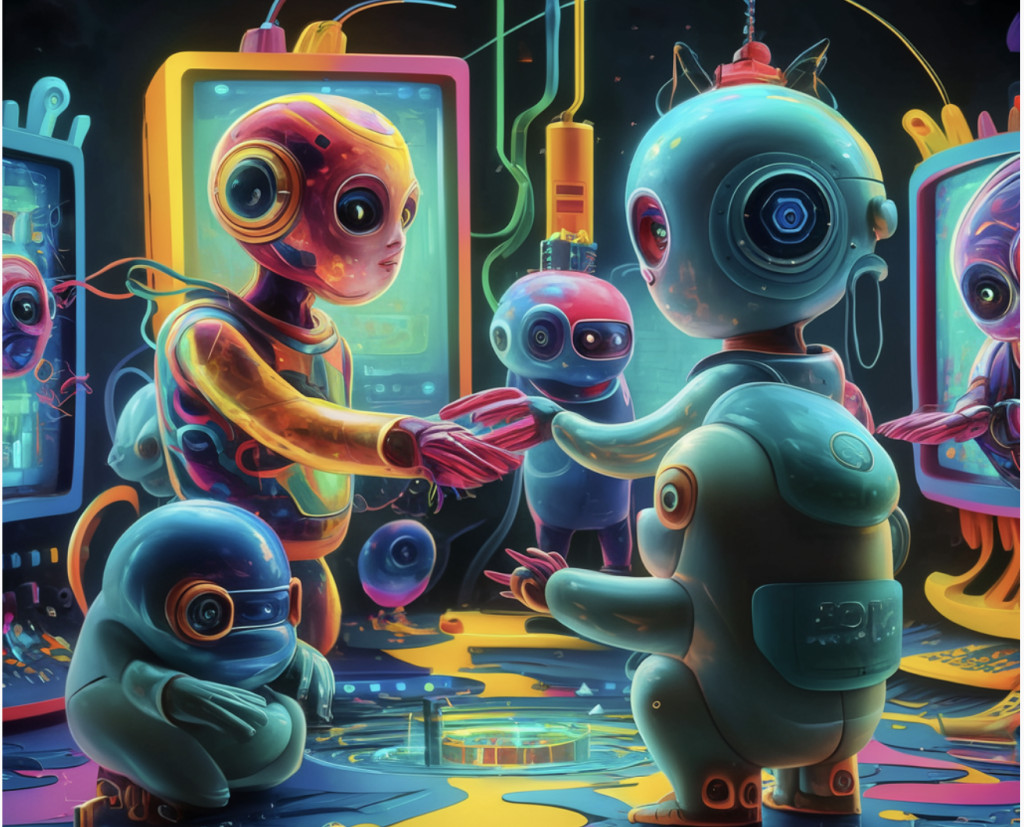AI agents have become particularly significant in the portfolio of AI applications. AI agents are systems designed to perceive their environment, make decisions, and act autonomously to achieve specific goals. Understanding AI agents involves dissecting their fundamental components: Conversation, Chain, and Agent. Each element is critical in how AI agents interact with their surroundings.
Conversation: The Interaction Mechanism
The conversation component is the interface through which AI agents communicate with users or other systems. This interaction mechanism is vital for AI agents’ effectiveness, as it allows them to gather information, understand user intents, and provide relevant responses. Conversations can be text-based, voice-based, or both, depending on the application and context.
Natural Language Processing (NLP) is the backbone of the conversation component. NLP enables AI agents to understand and generate human language, facilitating meaningful and coherent interactions. Techniques such as sentiment analysis, entity recognition, & intent detection are employed to comprehend user inputs accurately. Advanced models like GPT-3 and BERT have significantly improved the conversational abilities of AI agents.
The conversation component often incorporates dialogue management systems that maintain the context of interactions, manage multi-turn dialogues, and ensure smooth transitions between different topics. This aspect is crucial for providing a seamless and engaging user experience.
Chain: The Workflow Organizer
The chain component, also known as the workflow organizer, structures the actions and decisions an AI agent undertakes to achieve its objectives. This component ensures that the agent’s operations are logical, efficient, and aligned with its goals. The chain component can be visualized as a series of interconnected tasks, each contributing to the overall function of the AI agent.
Chains are often designed using decision trees, rule-based systems, or machine learning models that dictate actions based on specific conditions or inputs. For instance, in a customer service chatbot, the chain might include greeting the user, understanding their issue, retrieving relevant information from a database, and providing a solution or escalating the problem to a human representative. The chain component can incorporate feedback loops that allow the AI agent to learn from its interactions and improve over time. Reinforcement learning is a common technique used in this context, where the agent optimizes its actions based on rewards and penalties from its environment.
Agent: The Autonomous Entity
The agent component is the core of an AI system, embodying the autonomous entity that perceives, decides, and acts. This component integrates the conversation and chain elements, enabling the AI agent to function as a cohesive unit. The agent is responsible for interpreting sensory inputs, making informed decisions, and executing actions that influence its environment.
AI agents can be classified into various types based on their capabilities and functions. Reactive agents respond to specific stimuli without considering historical context, while deliberative agents maintain an internal state and plan their actions based on past experiences and future goals. Hybrid agents combine reactive and deliberative approaches, offering a balanced and flexible performance.
The architecture of the agent component often includes modules for perception, reasoning, and action. Perception involves gathering and processing data from the environment, reasoning encompasses decision-making processes based on predefined rules or learned models, and action consists of executing the chosen operations. Advanced AI agents also include elements of learning and adaptation, allowing them to evolve their strategies over time.
Conclusion
Understanding AI agents requires comprehensively examining their main components: Conversation, Chain, and Agent. The conversation component facilitates meaningful interactions, the chain component organizes workflows and decision processes, and the agent component integrates these elements to act autonomously. As AI technology advances, AI agents’ capabilities and applications are expected to expand, driving further innovation and transformation across various fields.
The post Understanding AI Agents: The Three Main Components – Conversation, Chain, and Agent appeared first on MarkTechPost.
Source: Read MoreÂ

